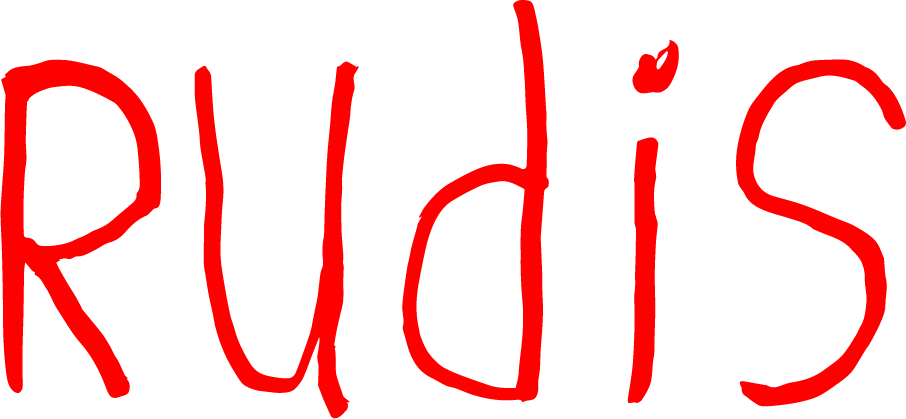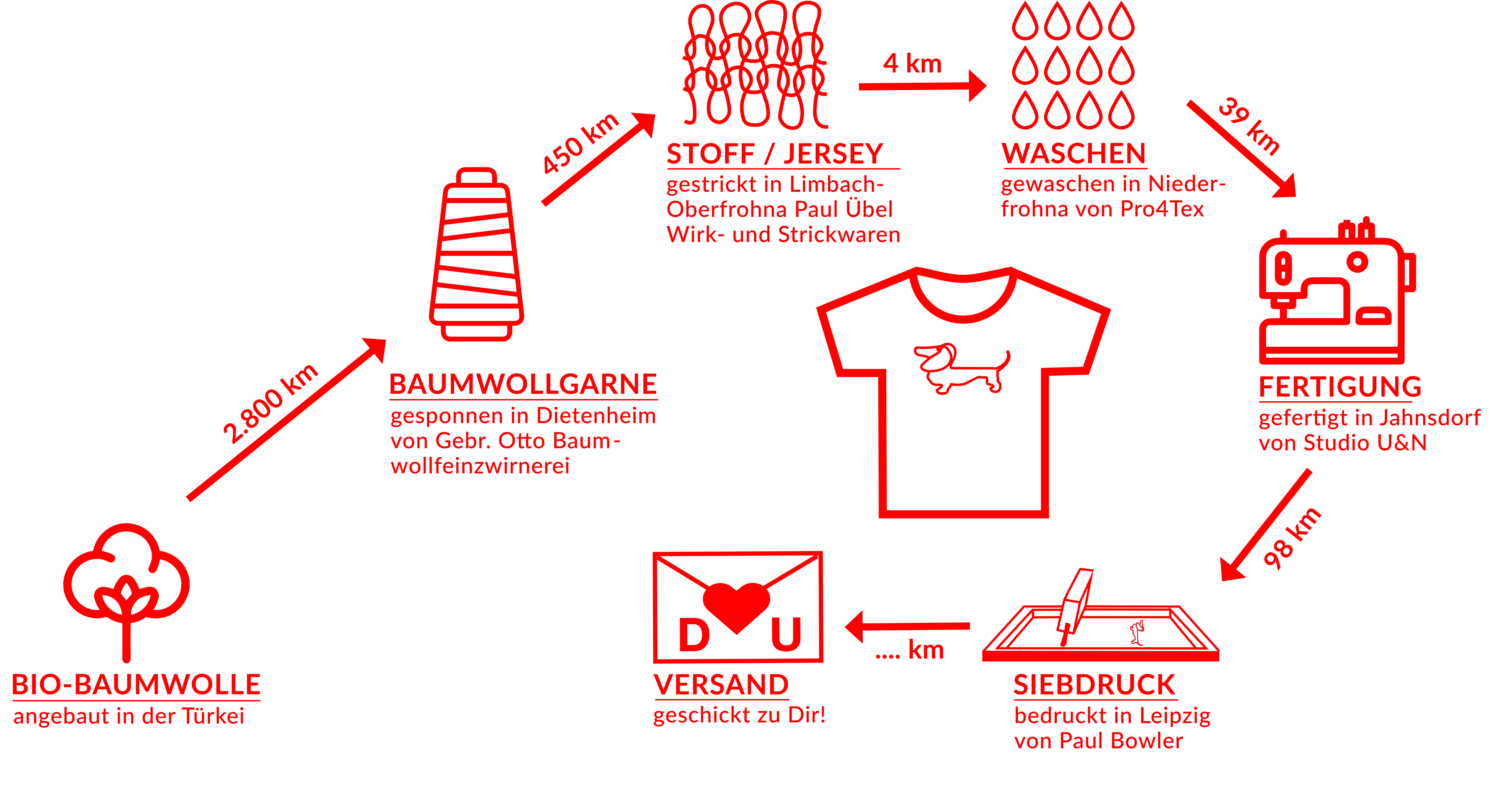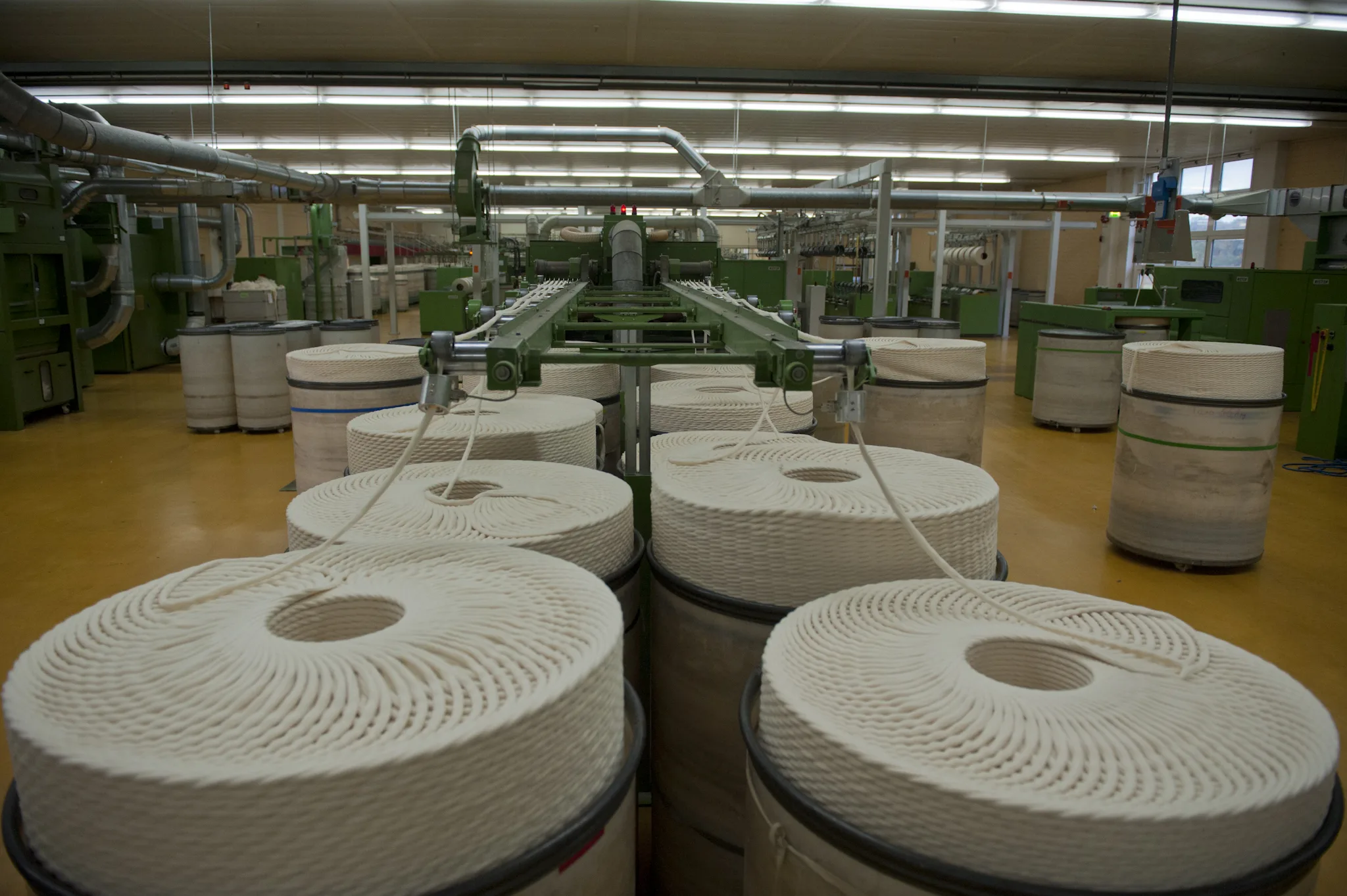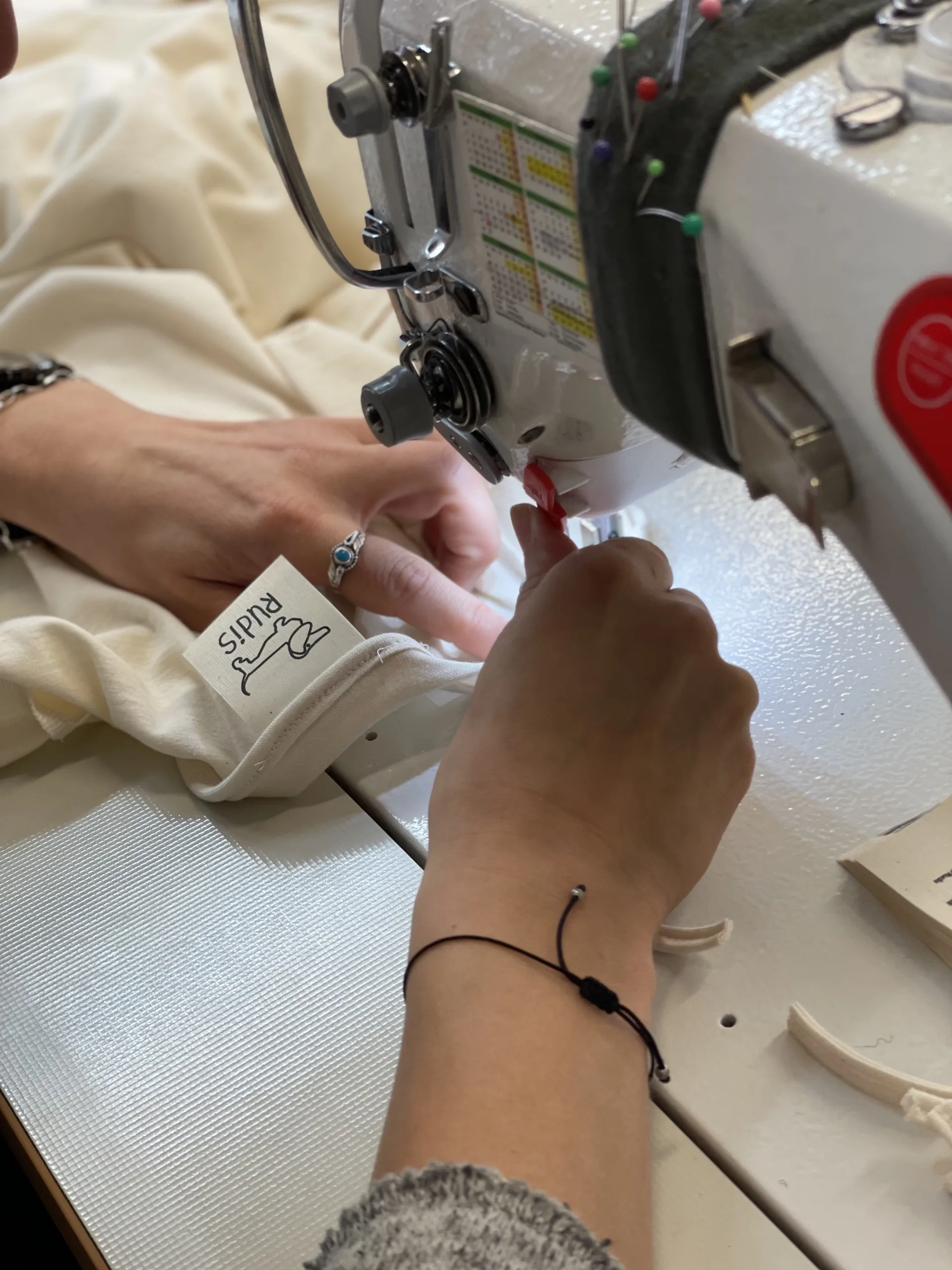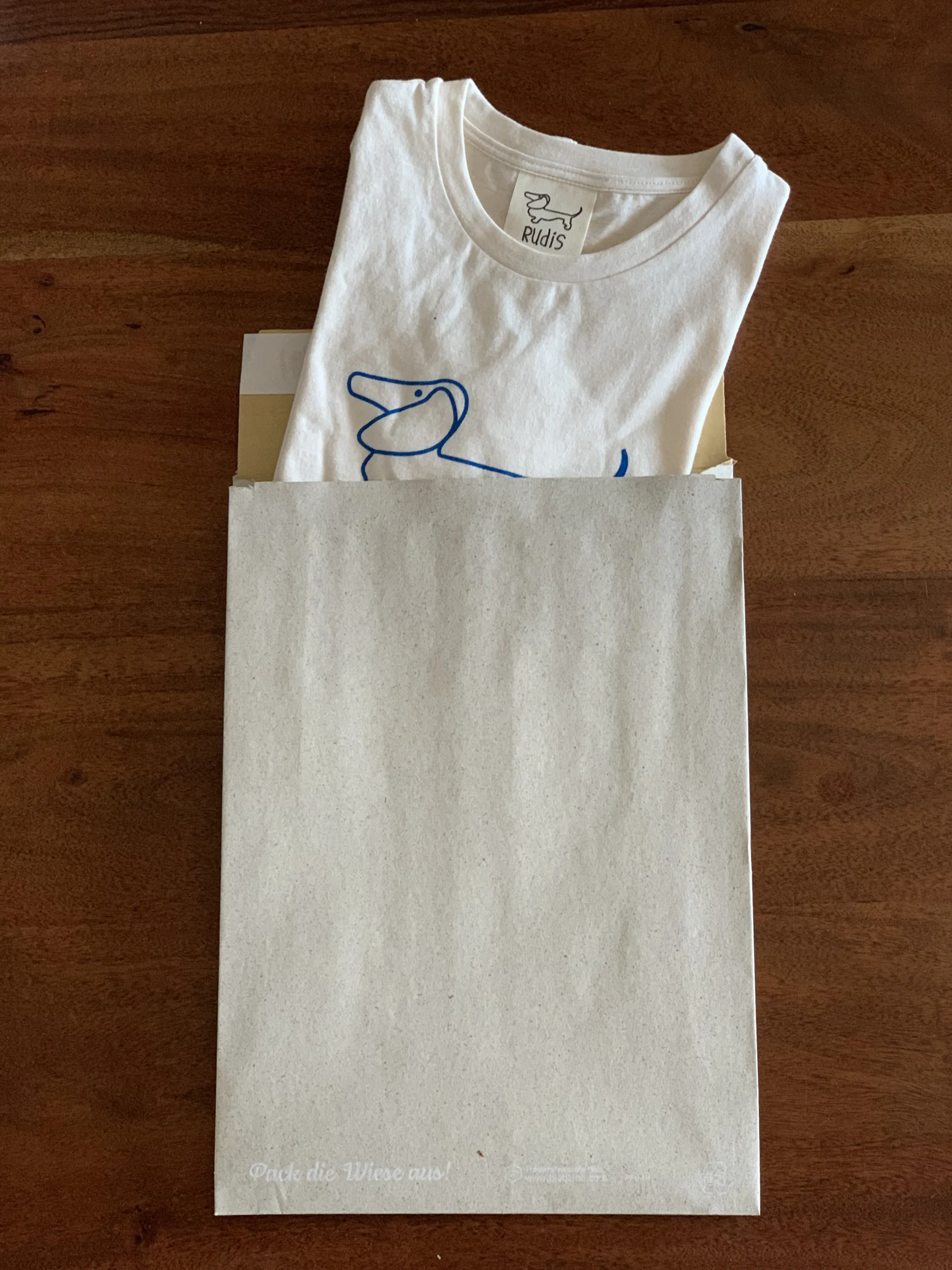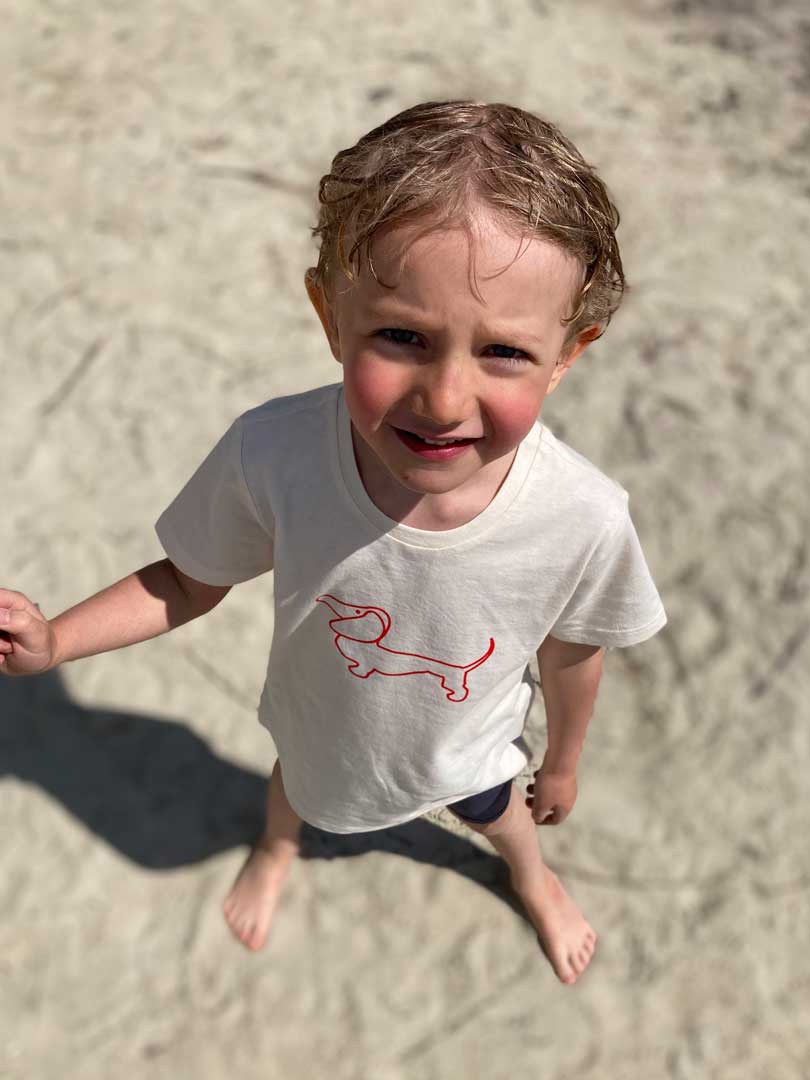RUDIS – How is a T-shirt actually made?
Brief description
RUDIS is an attempt to produce a children’s T-shirt as locally as possible. The aim of lokaltextil is to establish, visualise and test local value chains. With RUDIS, we have succeeded in mapping the complex manufacturing process of the seemingly simple garment “T-shirt”. Using the accompanying documentation, everyone can find out what steps it takes to get from the raw material cotton to a finished item of clothing.
Regional characteristics
Eastern Germany, and Saxony in particular, has an extensive textile tradition. Chemnitz was once called the German Manchester and Crimmitschau the city of 100 chimneys. These chimneys were steaming in particular due to a multi-faceted, multi-dimensional textile industry. Until 1990, around 360000 people were employed in the textile industry. After reunification, this changed rapidly. Within just one and a half years, almost 350000 workers lost their jobs.
Duration
We work together with all partners in our network on a sustainable and long-term basis in case these companies are able to remain in business. Paul-Uebel Wirk- und Strickwaren GmbH has since been taken over by Hero Textil AG. We have been working with Strickerei Noon GmbH ever since.
Recommendation 1: These types of projects should be implemented in textile regions in the spirit of think global – act local. In this way, resilient, crisis-proof value chains could be maintained and CO2 emissions could be reduced.
Recommendation 2: We are convinced that special manufactories and producers all over the world can produce local specialities. These local specialities create added value in the tourism sector and maintain the appreciation of employees.
- Partner in the cultural and creative sector: lokaltextil UG ( Initiative to strengthen textile awareness)
- Subsector: Art market | Design industry | Textile industry
- Partner SME: Paul-Uebel-Wirk und Strickwaren GmbH, Limbach Oberfrohna
- Economic sector: Textile production
- Additional partners: Pro4Tex, Niederfrohna; Gebr. Otto Baumwollfeinzwirnerei GmbH + Co.KG, Dietenheim; Studio U&N Textilmanufaktur, Jahnsdorf; Paul Bowler Künstler, Leipzig
- Innovation type: Process innovation | Interlocking of education & manufacturing processes
- How the collaboration came about: Targeted contact
- Added value for the collaborating partners: Interlocking competences | (lobby) presence | Companies that are visible can be involved in co-operations, share challenges and hopefully survive the multi-crises better.
- Added value for the region: Recruitment & retention of skilled labour, management | Increasing the attractiveness of the location | Improving the regional infrastructure | Creating an attractive (cultural) tourism offering
